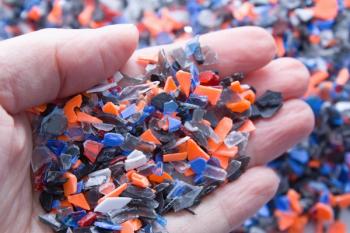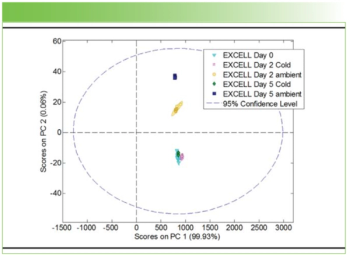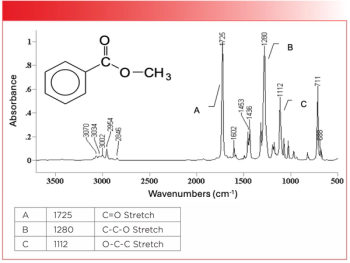
Spectroscopic Techniques Developed for NASA Used for Commercial Water Treatment Processes
Researchers apply hydroponics technology commissioned by NASA to commercial treatment processes at water and wastewater facilities.
Addressing NASA’s need to provide astronauts with clean air and water, sufficient food, and efficient waste management methods for long-term space travel, Biotronics Technologies Inc. (Waukesha, Wisconsin) developed a process analyzer designed to detect nutrients, organics, and metals in water in real time. Originally intended for hydroponics applications in space, researchers at Biotronics saw commercial potential in the technology and purchased the rights, creating Applied Spectrometry Associates (now ASA Analytics Inc.) and the ChemScan product line.
The space limitations of long-term space travel necessitate self-sustaining alternatives; rather than pack essential supplies on larger scale, astronauts need a way to obtain purified water and food while in space. Plants are an ideal source of sustenance because of their ability to release oxygen, absorb carbon dioxide, and filter contaminants in water. However, traditional growing methods are not practical because of problems related to soil transportation, storage, and potential soil-borne pathogens. Thus, NASA’s Kennedy Space Center pursued the use of hydroponics, and through a Small Business Innovation Research (SBIR) contract, Biotronics was able to develop the technology now used by ASA Analytics.
Using fully automated basic spectrometry and an array-based absorbance spectrometer, ASA Analytics’ analyzers measure absorbance levels across 256 wavelengths of ultraviolet and visible light in a sample. The technology currently monitors treatment processes at water and wastewater facilities.
The development and commercial application of this technology was included in the 2010 edition of Spinoff, an annual publication from NASA describing companies that have commercialized technology originally developed for the space agency.
Newsletter
Get essential updates on the latest spectroscopy technologies, regulatory standards, and best practices—subscribe today to Spectroscopy.




